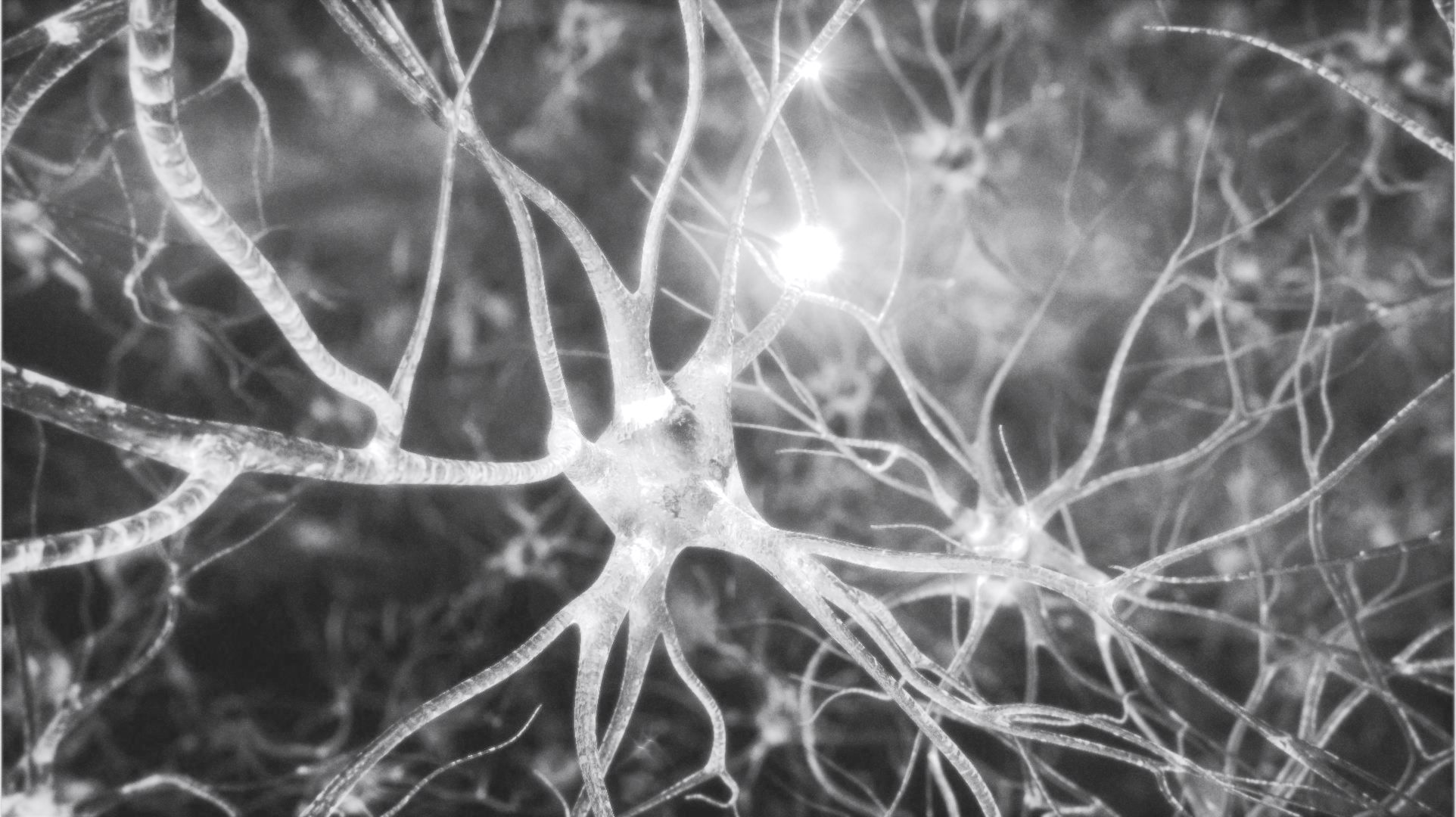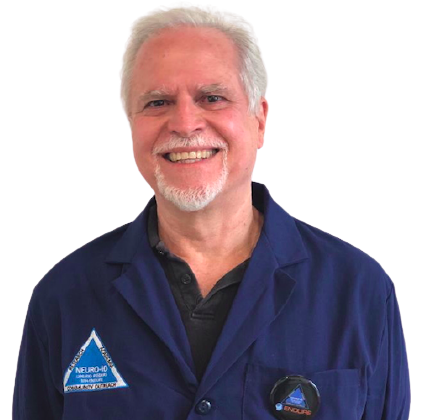
Profile

University of Puerto Rico, Río Piedras Campus
College of Natural Science
Biology
Biography: Dr. José E. García-Arrarás is a professor of the Department of Biology at the University of Puerto Rico. He is the Principal Investigator of the NeuroID Program and the director of an NIH-ENDURE (R25) grant and an NIH-BD2K (R25) grant that focus on advancing undergraduate students into careers of Neuroscience and Big Data. He ran for over 7 years the NINDS SNPR Program at UPR-RP. And also, he has participated in multiple training grants for undergraduate and graduate students via the NSF-REU, NIH MBRS and NIH-MARC programs. Dr. José García’s research has been funded uninterruptedly for 29years by NIH and/or NSF. His main focus is the study of regenerative biology, using the model system presented in his proposal, which was pioneered in his laboratory. The long term goals of Dr. García studies are to decode the cellular and molecular basis of regeneration, using as a model system the echinoderm Holothuria glaberrima, a local sea cucumber. In the past 20 years, Dr. García’s laboratory had made advances in deciphering regeneration mechanisms in both intestinal and nervous system regeneration. Likewise making their system known via articles, seminars, workshops and courses, both nationally and internationally. Now they are seeing a growth in the interest of using adult echinoderms for regeneration studies. Dr. García is interested in the training of students and the mentoring of junior faculty. He has a strong history of training undergraduate students (over 100), particularly underrepresented minorities. Many of his students have been co-authors in the laboratory publications and many others have continued to graduate careers.
Research Project: Balancing degeneration and regeneration in the echinoderm nervous system
Off-site collaborators: Andrew Cameron (Caltech), Veronica Hinman (Carnegie Mellon University)
Description: Dr. García-Arrarás has pioneered the use of the echinoderm Holothuria glaberrima to study the process of regeneration and organogenesis. His research focuses on the molecular aspects of nervous system regeneration, specifically on the cellular events and genes that are important for the regeneration process to occur. His lab is generating an expressed sequence tag (EST) database for H. glaberrima sequences obtained from three cDNA libraries, of normal radial nerve cord, and two from regenerating (5-7 days and 12-14 days after nerve cord transection). Their work is aimed at finding different profiles of gene expression and at determining the function of specific genes during the process of regeneration. Students will be involved in bioinformatics analyses to determine gene sequences, structural domains and gene characterization. In addition, the evolution of particular genes will be targeted. Finally, benchwork experiments using PCR, Northerns and Westerns applied to the nervous system regeneration will be done to fully characterize the gene’s expression profile.